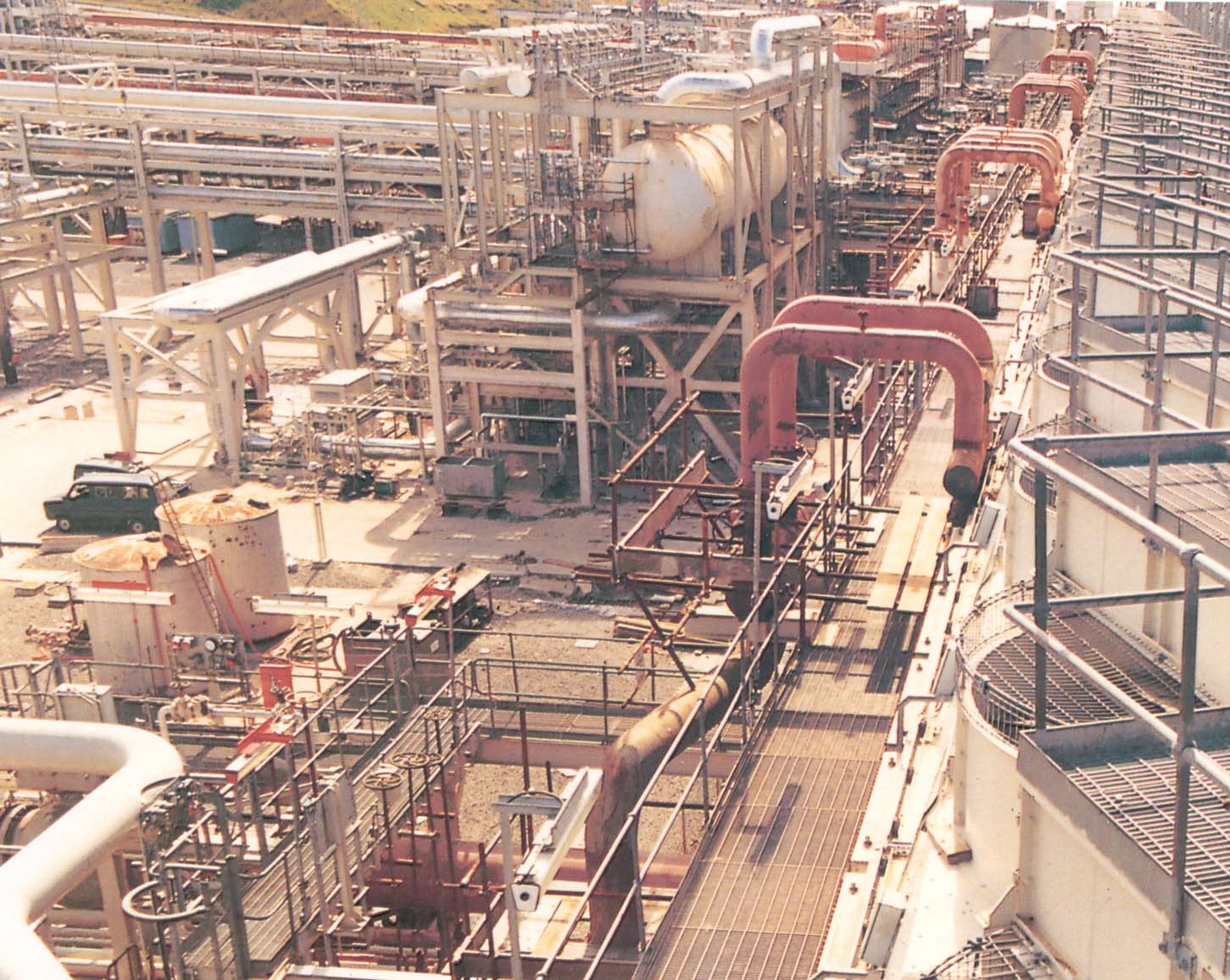
Nickel based alloys are mainly known for their resistance to aqueous corrosion however they are also commonly used at the elevated temperatures when carbon and other low alloyed steels do not offer suitable corrosion resistance and strength. They are used in applications which demand high temperature oxidation resistance or elevated temperature strength. Construction material is subjected to high temperatures in several industrial, public and domestic applications, in some cases, vigorous conditions.
Based on the service conditions, the perquisites of material used at high temperatures are as follows:
- High mechanical strength
- Good resistance to oxidation and high temperature corrosion
- Stable microstructure
- Supreme resistance to erosion
Material selection is determined by the specific application and service conditions in each application.
Nickel based alloys
Inconel bars for high temperature applications are designed to produce security oxide layers. These oxides meet the factors for security layers and these layers are chromium oxide, aluminum oxide and feasibly silicon dioxide. The influence of chromium is specifically clear at temperatures above 500oC. It produces a tight, adherent layer of chromium-rich oxide on the surface of metal, preventing the inward diffusion of oxygen and delaying further reaction. Other elements also have a significant contribution in improving oxidation resistance. Silicon and aluminum act similar to chromium. They produce selective oxides and when are available in sufficient magnitudes can produce continuous layers of SiO2 and Al2O3. The presence of oxide layer can be considerably improved by nominal inclusions of rare earth metals for example cerium or lanthanum. This is specifically advantageous when the application is subjected to heat cycling.
Nickel improves ductility, high temperature
strength and resistance to carburization and nitridation. But high nickel alloys are susceptible to corrosion in reducing sulfidizing conditions due to the production of low melting point nickel- sulfur compounds. Nickel counteracts however does not essentially prevents the formation of sigma phase. High nitrogen and carbon concentration improve creep strength of the alloy. Molybdenum also increases high temperature mechanical strength of the alloy. It is usually kept up to 3%. Higher molybdenum concentration can cause vigorous oxidation issues and result into sigma phase development, if not counterbalanced by austenite forming elements for example nickel. Titanium is present in nominal magnitudes such as 0.3 to 0.7% to improve the strength in austenitic alloys. It is also applicable for niobium. These elements also encourage the development of sigma phase.
Microstructure
Microstructure is not much necessary for heat resistance but it affects the suitability for elevated temperature conditions for some reasons. The wrought nickel base alloys commonly used as materials where the main criteria is resistance to the hot gases and combustion productions at temperatures above 550oC. These are also known as heat resistant alloys.
For various ferritic grades, prolong suitable service temperature is up to 250oC because embrittlement occurs at 475oC. Martensitic stainless steel grades can be used up to 650oC for good tensile strength, creep and fatigue strength and suitable corrosion and heat resistance. They are commonly used in jet engine components, steam based turbines and gas turbines. Then last, austenitic stainless steel grades are the most suitable material for use in high temperature service conditions for their excellent creep resistance, heat resistance and high temperature corrosion resistance.
 Nickel based alloys are mainly known for their resistance to aqueous corrosion however they are also commonly used at the elevated temperatures when carbon and other low alloyed steels do not offer suitable corrosion resistance and strength. They are used in applications which demand high temperature oxidation resistance or elevated temperature strength. Construction material is subjected to high temperatures in several industrial, public and domestic applications, in some cases, vigorous conditions.
Based on the service conditions, the perquisites of material used at high temperatures are as follows:
Nickel based alloys are mainly known for their resistance to aqueous corrosion however they are also commonly used at the elevated temperatures when carbon and other low alloyed steels do not offer suitable corrosion resistance and strength. They are used in applications which demand high temperature oxidation resistance or elevated temperature strength. Construction material is subjected to high temperatures in several industrial, public and domestic applications, in some cases, vigorous conditions.
Based on the service conditions, the perquisites of material used at high temperatures are as follows:


